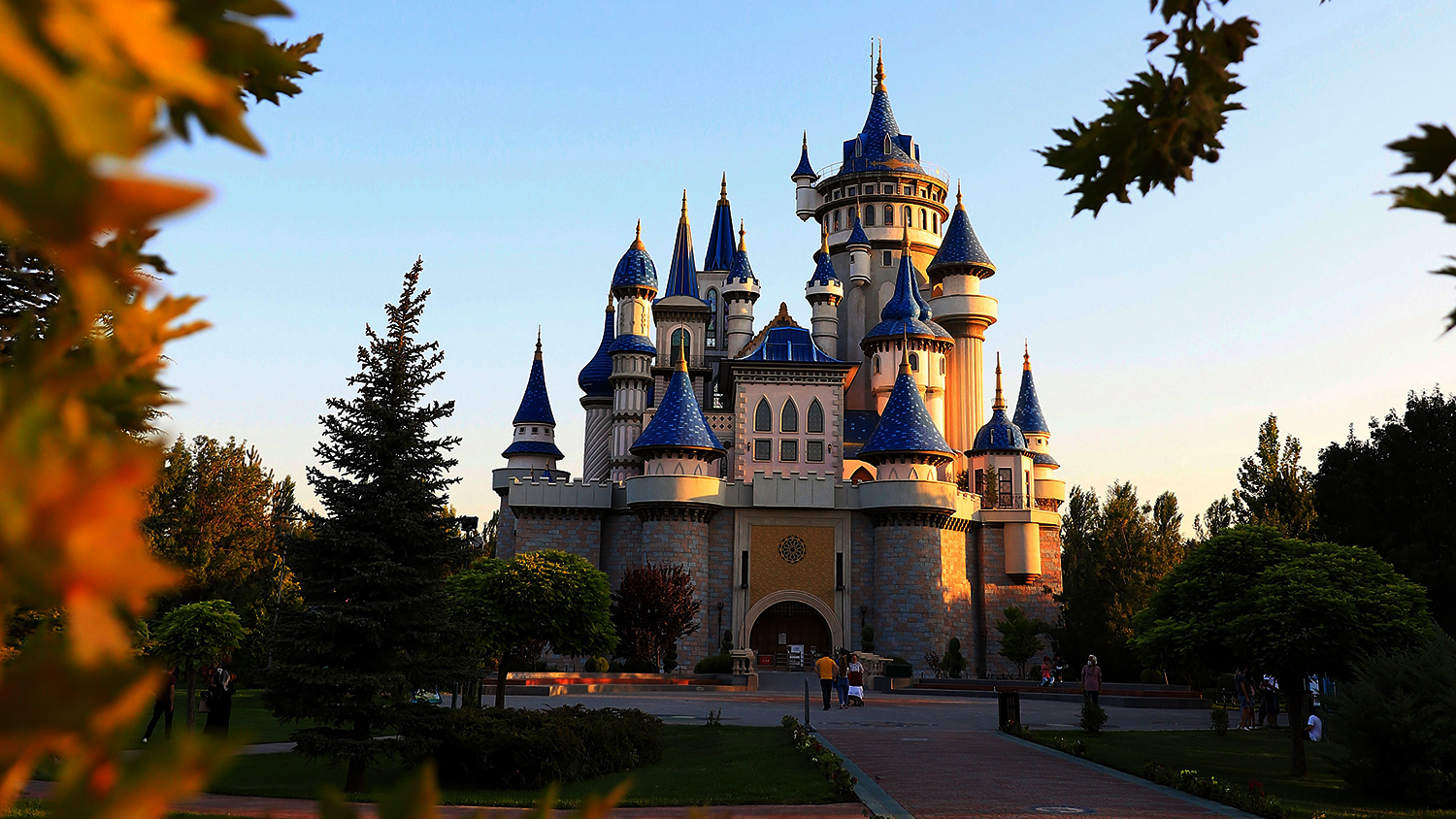
The city located in the northwestern of the Central Anatolia Region, crisscrossed by Porsuk River; has a student city appereance with the presence of Osmangazi and Anatolian Universities. In accordance with the 2019 data of ADNKS (Address based population registration system); total population in the city is 887.475. Eskişehir has a surface area of 13.902 km², located at an altitude of 792 m and continental climate is dominated in a large section of Eskişehir.
Topographic structure of Eskisehir, located at the north-western corner of the Central Anatolia, is formed of the plains in Sakarya and Porsuk River basins and mountains surrounding those basins. The plains have about 26% share in the landforms of the city 22% of which is formed of mountains. The basin plains are enclosed by Bozdag-Sundiken Mountains at north, Turkmen Mountain, Yazılıkaya Plateau and Emirdağ located in the east line of the Central West Anatolian threshold at west and south. Sarısu, Porsuk and Yukarı Sakarya Plains are the most important plains of the province. Porsuk River and Porsuk Dam on this river, Gökçekaya and Yenice Dams on Sakarya River are the most significant water resources of the city.

Eskisehir is mentioned as ‘Dorylaion’ in the historical records. Eskisehir was a Phrygian city that had made a name for being a trading center located on the junction point of important routes in the ancient age. Archeological researches also presents that Eskisehir has been a center for settlement since ancient times. Throughout history, the city that had remained under the rule of Phrygia, Lydia, Rome and Byzantium,respectively, was conquered by the Seljuk Empire in the 11th Century and fell under the domination of the Turks. Eskisehir, which had been a medium sized Anatolian city throughout the Ottoman Centuries, began to grow after great migrations upon the consequence of the 1877-78 Ottoman-Russian War and the inauguration of Anatolian Railways operation in the same period. Eskisehir, which had witnessed wars throughout history due to its geographical position, played an important role in the war of independence. Eskisehir has increased its social and economic development, as well as its economic growth and development, by means of important public investments made in the republic period and became a model republican city.

Competitive in Culture and Tourism as well as Industry
Eskisehir, with its advantage created by its geographical position, has been a gateway to west of the Anatolia throughout history. Being located on the junction of railways and highways, Eskisehir have turned into an important center in terms of economy, industry and trade by the developments in agriculture and industry and richness of subterranean sources such as boron, ceramic, meerschaum, magnesite and chrome. The industrial development has undoubtefully the most significant share in the dynamism of economic life of Eskişehir in recent years. Rapid growth of urban population in comparison with rural population, presence of qualified labor force, proximity of markets, compatibility of energy and raw material sources and sufficient infrastructural investments required for industry have gradually enabled the development of the industry in the region.
Socio-economic life in Eskisehir has made a rapid progress in parallel with the industrial development in recent years. Eskisehir is ranked at the 7th in accordance with the research of ‘socio-economic development ranking of provinces and regions’ conducted by Bursa Eskişehir Bilecik Development Agency (the study of provinces development levels) in 2017.
Eskisehir offering one of the highest qualityof life and city with its modern and regular urbanization sets an example to other Anatolian cities. Eskisehir with its 89,7% urbanization rate is one of the most prominent provinces with regard to urbanization. With its social and cultural background, Eskisehir differs from other Anatolian cities. There are thirty cinemas, opera houses, municipal and university theatres throughout the city. The International Eskisehir Festival and International Cinema days, , are organized every year in Eskisehir in which activities of every field of art such as classical music, theatre, jazz etc. take place. Eskisehir has a historical and cultural background with its museums and the Ottoman and Seljuk works of art as well as antique Phrygian ruins, Yazılıkaya monuments and other archeological artifacts. Furthermore; it contains an important tourism potential due to its thermal springs, caves and recreation spots with natural riches.








